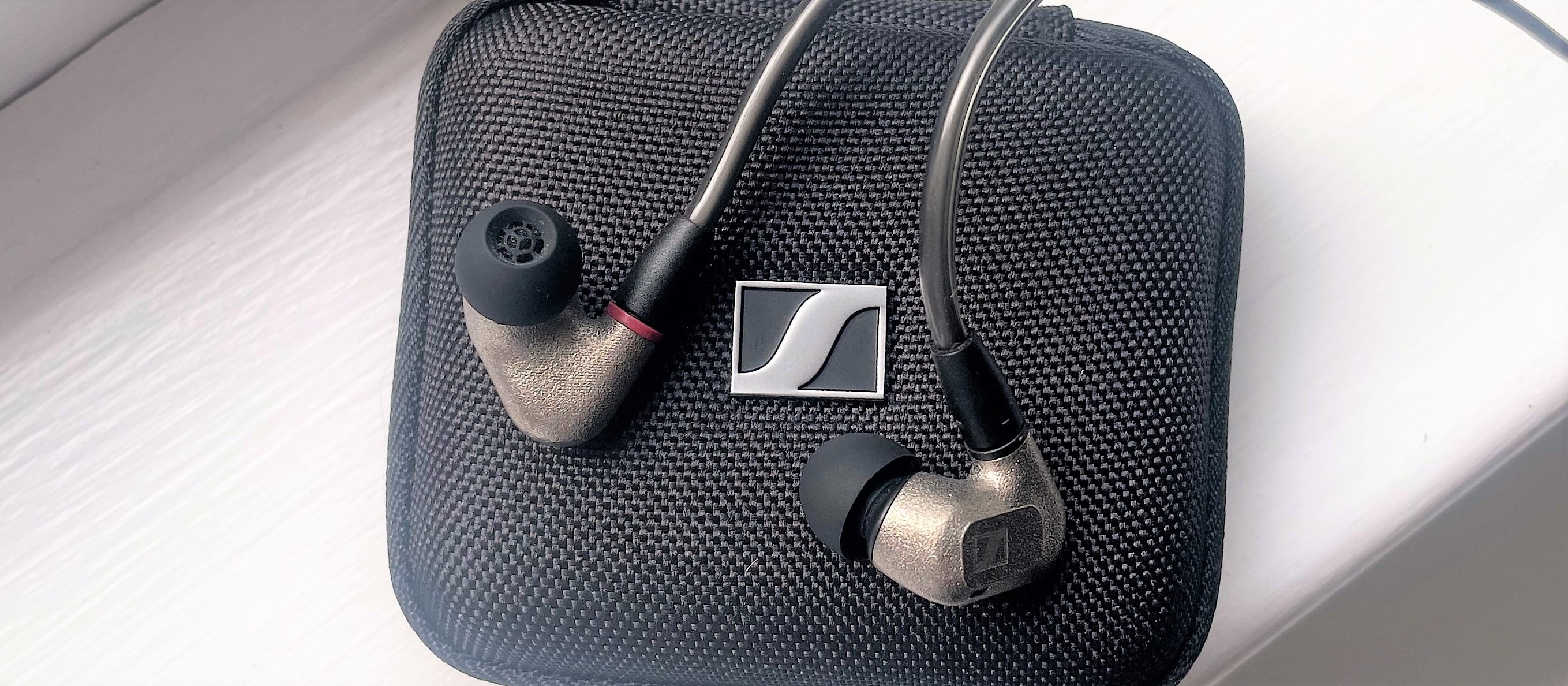Tom's Guide Verdict
Deeply impressive authority and musicality from an uncompromised and uncompromising pair of in-ear monitors.
Pros
- +
Uncompromised where materials, build and finish are concerned
- +
Impressive specification
- +
Detailed, expansive and thoroughly engrossing sound
Cons
- -
Expensive
- -
Unfashionable, but not yet retro, configuration
- -
Very confident high-frequency reproduction
Why you can trust Tom's Guide
Price: $699 / £599 / €699 / AU$1,119
Colors: Silver
Driver type: 7mm dynamic
Connectivity: Cable with 3.5mm jack; 4.4mm jack (balanced)
Size: Not specified
Weight: Not specified
Where listening to music is concerned, ‘wireless’ has come to mean ‘portable’ — and it’s not like this has happened all of a sudden. So the idea of a pair of in-ear monitors with wires on them looks about as modern as a steam-train. Why on Earth, then, would a company like Sennheiser (or any company, really) be trying to sell you a pair of expensive wired in-ear monitors?
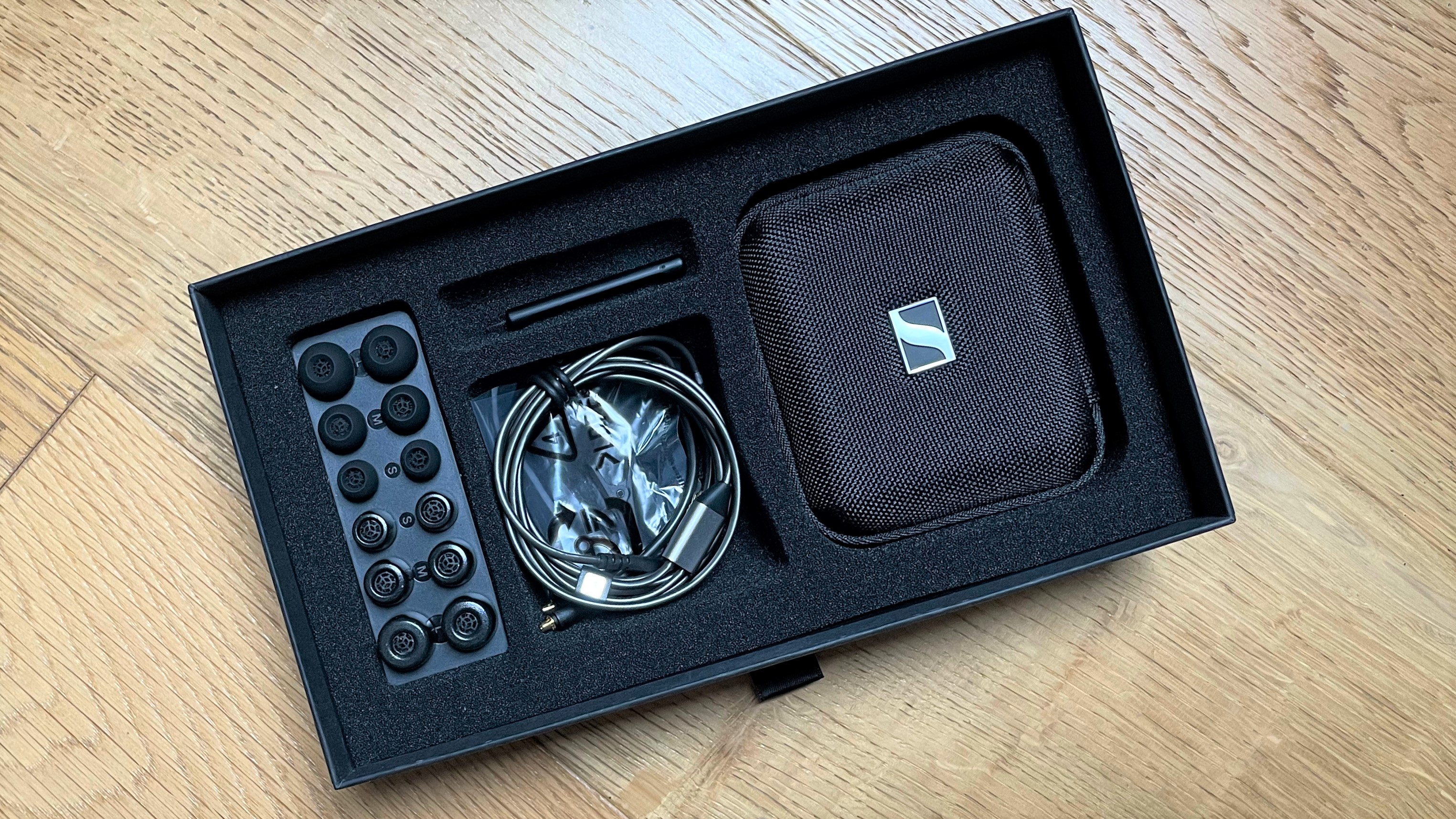
Well, because wireless headphones rely on Bluetooth connectivity along with codecs to make audio signals more manageable, a wired connection is more stable and capable of delivering higher levels of audio performance. Sennheiser is betting that enough people take their mobile listening seriously enough to make a product like the IE 600 viable. And seriously enough to have invested in a dedicated portable music player, too — because smartphones don't come with a headphone socket these days.
Whether or not Sennheiser can find its audience, though, its achievements with the IE 600 are considerable. In every aspect of music-making — soundstaging, detail retrieval, dynamism, control, straightforward musicality, you name it — they’re never less than impressive and are periodically thrilling. Listen to music you’ve heard a hundred times before and the IE600 will show you something new about it.

Sennheiser IE 600 review: Price and availability
- Available in silver alloy only
- Expensive compared to most wireless earbuds
The Sennheiser IE 600 in-ear monitors are on sale now for $699 / £599 / €699 / AU$1,199 and available from the Sennheiser website and online retailers including Amazon and B&H.
$699 is a a considerable ask for any pair of headphones, and even more so when you consider how far wired headphones have fallen from popularity in recent times. Still, everything’s relative and the range-topping Sennheiser IE 900 wired in-ear monitor costs $1,499, making the IE 600 seem like a very reasonable proposition after all.
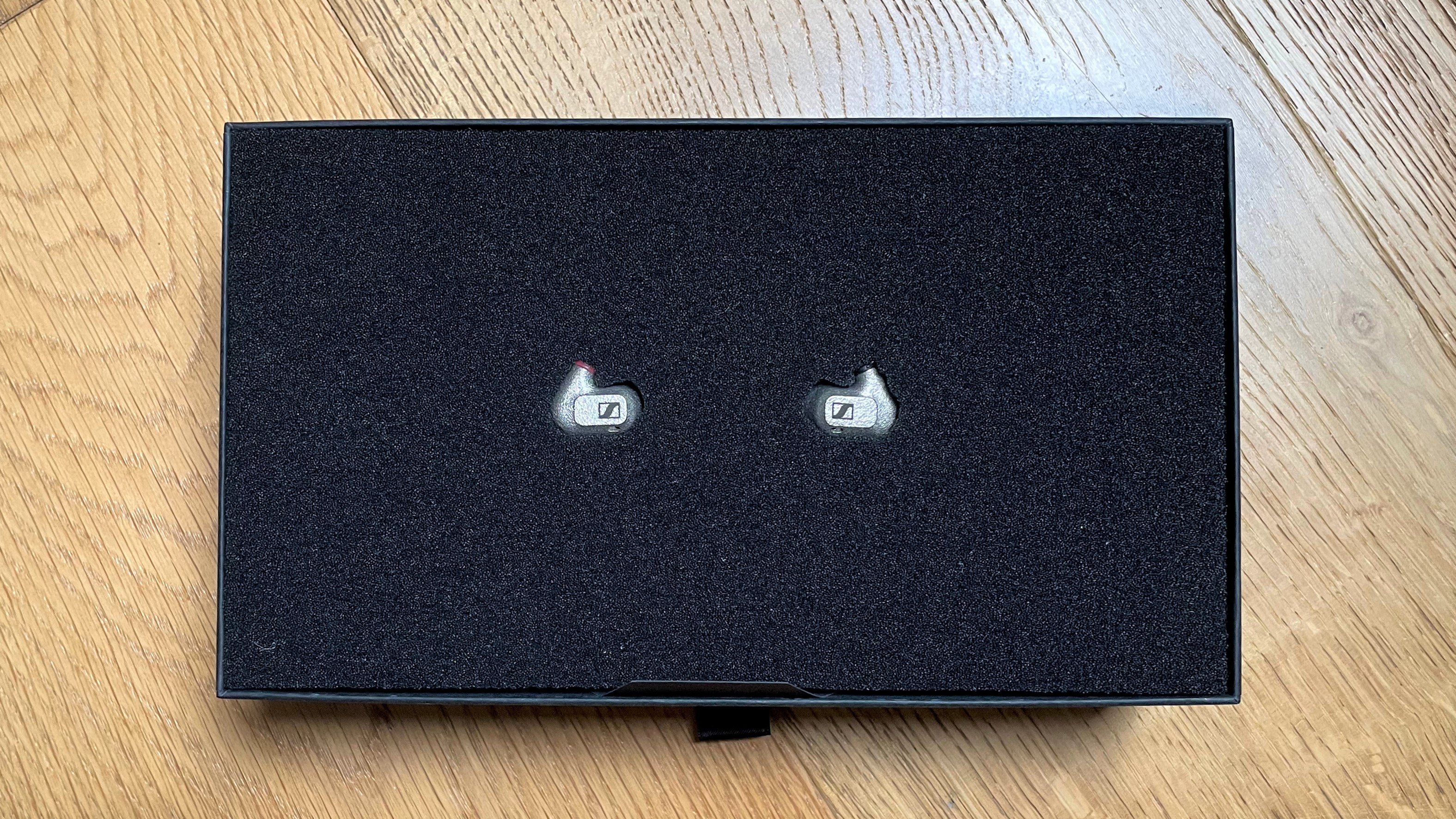
Sennheiser IE 600 review: Design
- Luxury build and feel
- 3.5mm and 4.4mm (balanced) cables supplied
These are, of course, a small and functional item — but that doesn’t mean Sennheiser hasn’t pushed the boat out at least a little way when it comes to design.
The earbuds themselves are produced using a 3D printing process and are made from ZR01 amorphous zirconium. This metal has triple the hardness and bend resistance of high-performance steel, which explains its popularity in the aerospace industry. Here it’s given a surface treatment on the outside which resists scratches and corrosion, as well as looking individualistic. On the inside, meanwhile, it’s shaped to incorporate small, tight-tolerance dual resonator chambers at the nozzle — these are designed to nullify masking resonances and, by extension, deliver a tonally neutral and accurate sound — and an acoustic back chamber.
The earbuds connect to their cable using gold-plated MMCX connectors — Sennheiser provides two aramid-reinforced cables in the rather lavish packaging, one terminating in the usual 3.5mm unbalanced jack and the other in a more upmarket 4.4mm balanced equivalent. Of course, the modular nature of the IE 600 means you can use any appropriately terminated cable — but the cables provided are both high-quality and feature very useful flexible ear-hooks, so are more than fit for purpose. They’re not above transmitting a bit of noise and thump, though.

Sennheiser IE 600 review: Comfort and fit
- Supplied with silicone and foam eartips in ‘S’, ‘M’ and ‘L’ sizes
- High comfort levels for longer listening sessions
Along with the cables and a nice rigid carry-case, the IE 600 packaging also features a selection of eartips — three silicone and three memory foam pairs, each in ‘S’, ‘M’ and ‘L’ sizes.
Once you’ve established which eartip suits you best, the earbuds fit using the long-established ‘twist and push’ method. Then it’s just a question of manipulating the ear-hooks into a comfortable position behind your ear and you’re good to go.
Thanks to their negligible weight, carefully ergonomic shape and selection of high-quality eartips, the Sennheiser IE 600 can immediately be positioned comfortably and will stay that way for hours on end. Certainly they’ll remain wearable for as long as the battery in your music-player lasts…
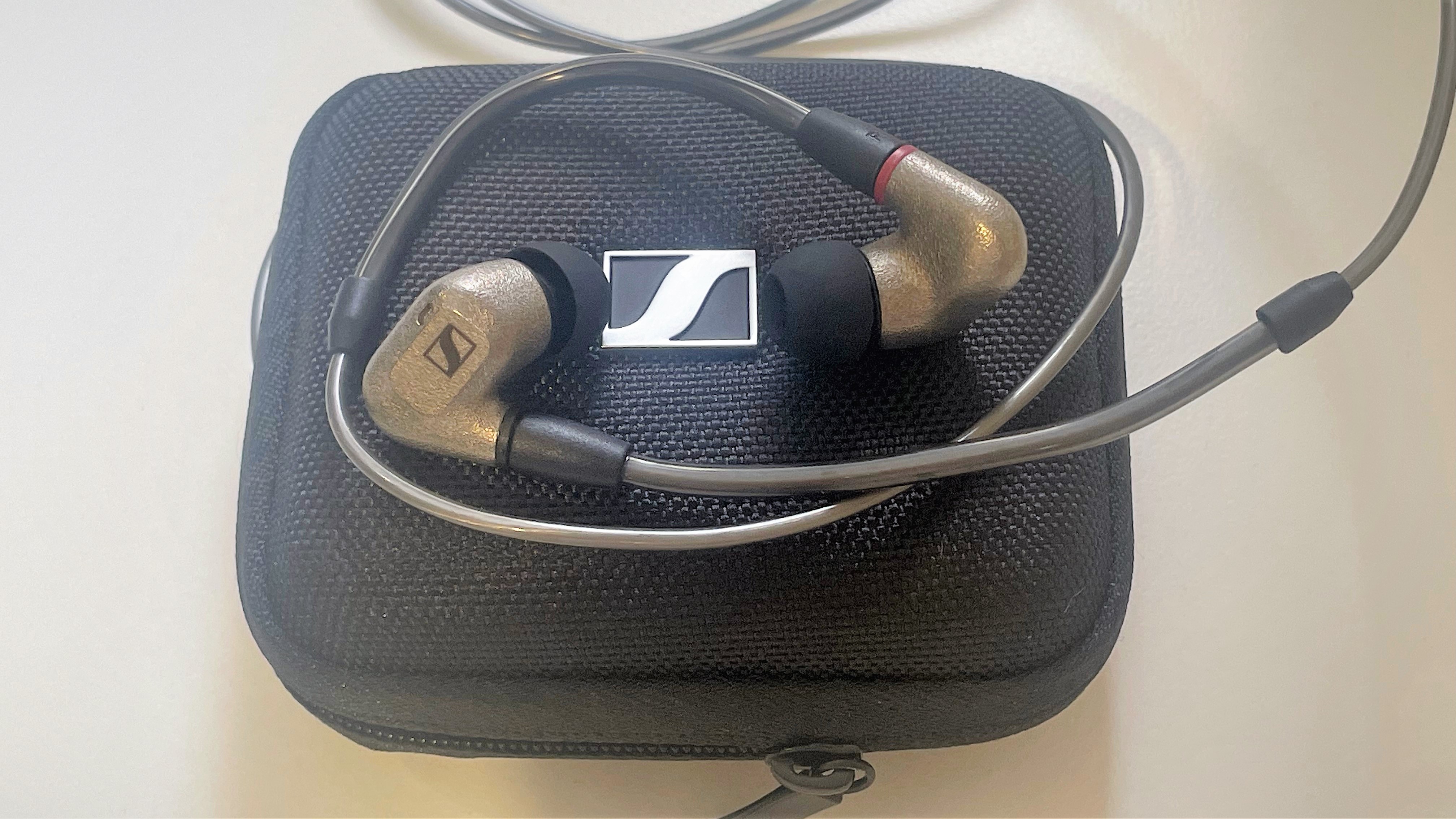
Sennheiser IE 600 review: Sound quality
- Outstanding audio quality
- High levels of detail retrieval bring outstanding musical insight
- Highlights lesser recordings and playback devices
The IE 600 deliver sound using a pair of 7mm ‘TrueResponse’ transducers which have, according to Sennheiser, extra-wide frequency range and ultra-low distortion characteristics. By way of an encore, the company is claiming industry-leading channel-matching for the left and right transducers.
The tangible benefits of this fanatical attention to detail is a sound that is, well, fanatically detailed. That’s not all the Sennheiser have going for them, you understand, but on first acquaintance it’s the extraordinary attention to detail these in-ear monitors pay that’s most immediately impressive. Startling, almost.
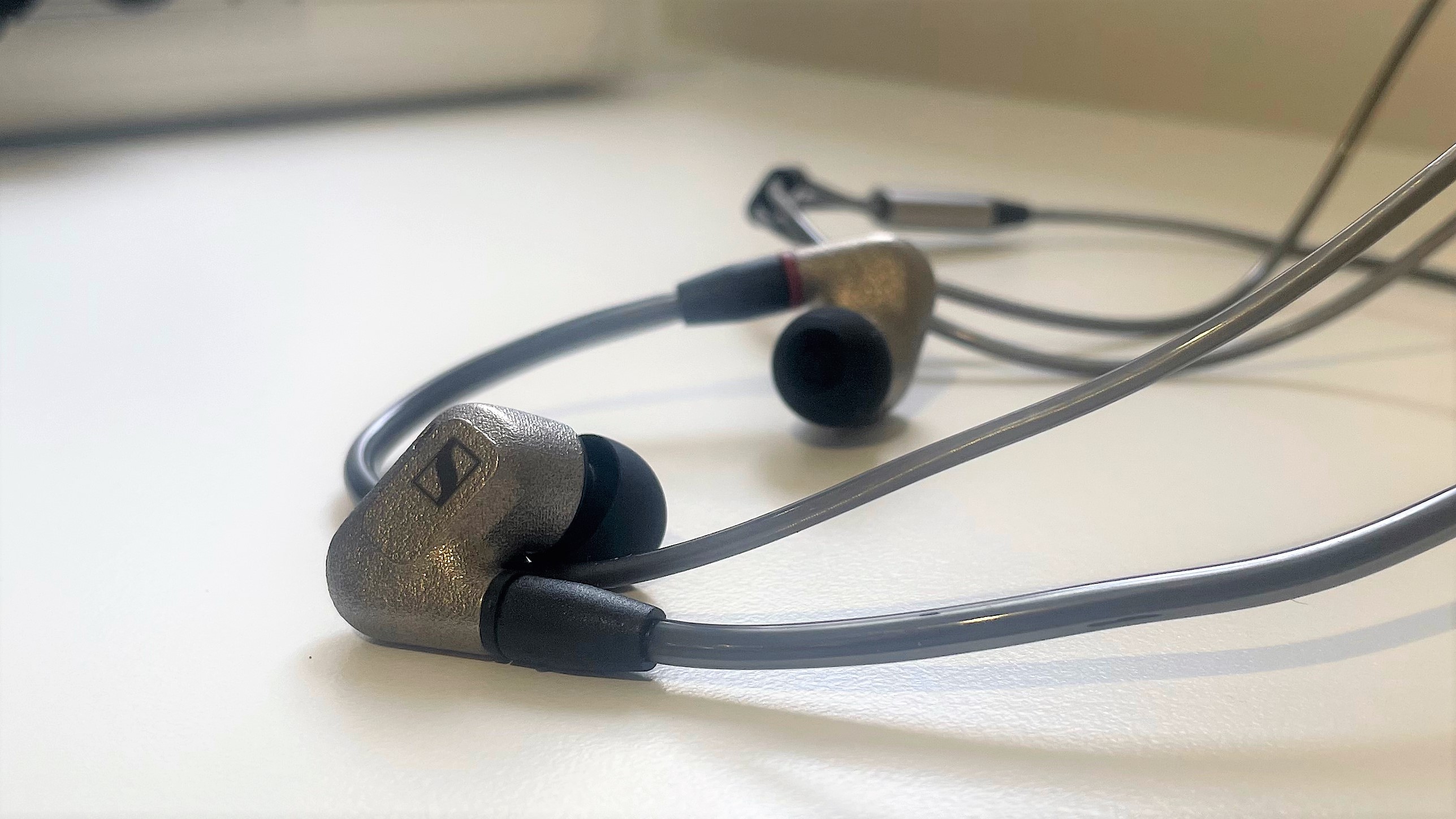
As well as being able to locate and deliver the barely-there elements of a recording - the sound of plectrum on steel string during Bob Dylan’s "Honey, Just Allow Me One More Chance," the sampled voice droning far in the background of The Roots’ "100% Dundee," the tiny palate-noises as Lianne La Havas prepares to sing another line during "No Room For Doubt" — the IE 600 give them proper context. These are not in and of themselves analytical earbuds, but if you want a forensic investigation of a recording you could do a lot worse than hear it through a pair of these.
The news is equally good in almost every other respect. The Sennheiser delve deep and hit hard where low frequencies are concerned, but sounds are well-shaped and, yes, alive with detail both broad and fine. It’s a similar story in the midrange, where singers of any and every type are given the space to properly express themselves — the IE 600, it seems, have never heard a vocalist they didn’t want to make the most of.
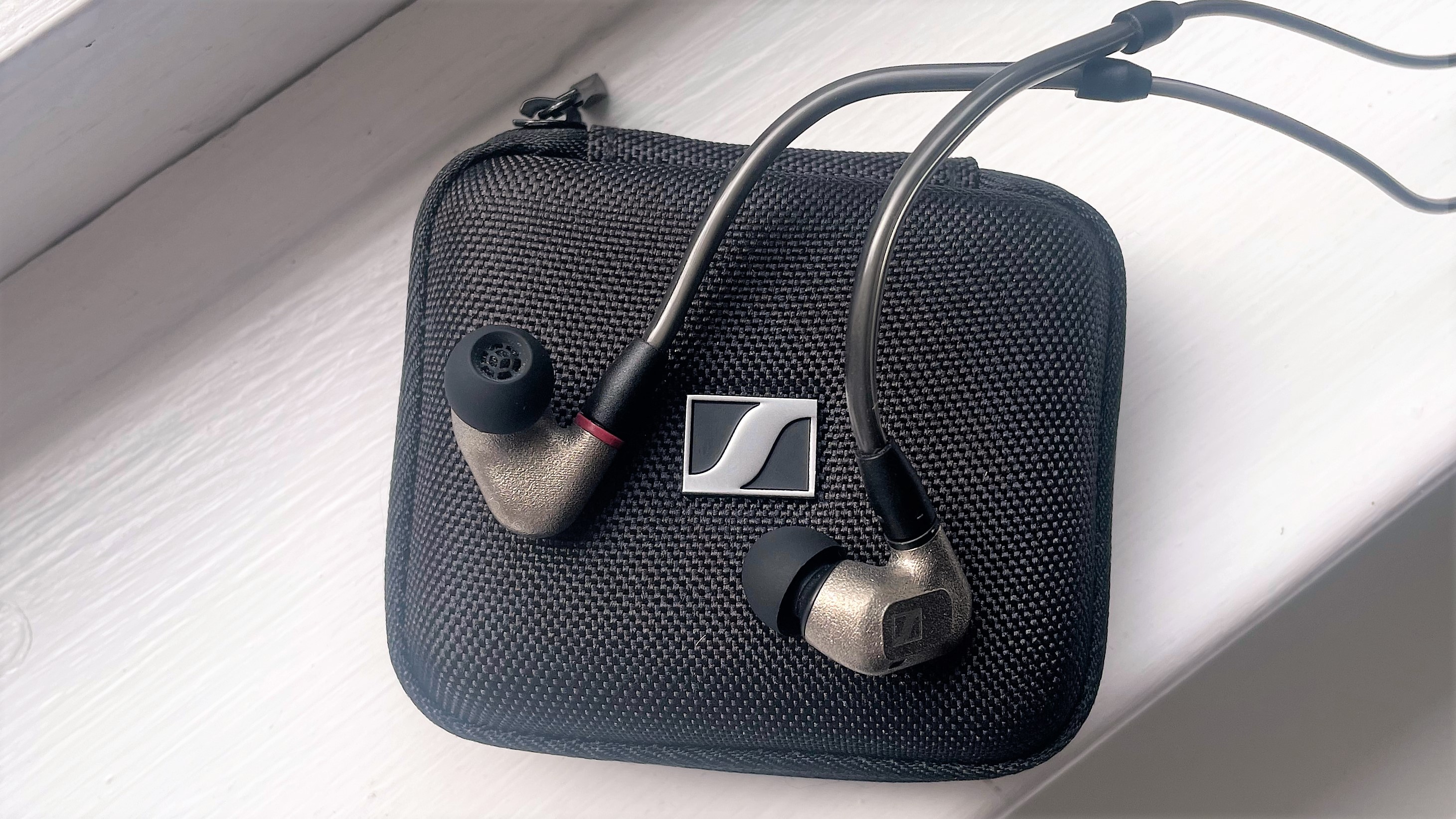
Dynamic headroom is considerable, but even when playing attacking music at considerable volume the Sennheiser are composed and controlled. Their authority when it comes to drive and momentum is unquestionable — and, of course, their desire to eke every scrap of information out of a recording means they do fine work with low-level dynamics and harmonic variations too.
They establish and organise a coherent — and quite sizeable — soundstage, and allow every element on it the sort of elbow-room that makes even complicated recordings easy to follow.
About the only area of performance deserving of a less-than-fulsome mention is tonality — and even then, the IE 600 get almost everything right. Certainly from the bottom of the frequency range to very near the top, their tonality is naturalistic and convincing. At the very top of the frequency range, though, the Sennheiser can be problematic — the amount of bits, shine and attack these earbuds load onto the highest frequencies can fairly easily topple over into hardness and abrasiveness if they’re paired with an unsympathetic (or similarly inclined) music player. Perhaps it’s not as pronounced as we’ve made it seem — but when it’s balanced against the absolute confidence with which the IE 600 do pretty much everything else, it sticks out just a little.
Sennheiser IE 600 review: Verdict
‘Wired’ has always beaten ‘wireless’ where out-and-out sound quality is concerned — but ‘portable’ has always valued convenience at least as much as, if not more than, performance. So the IE 600 are about as niche a product as a company the size of Sennheiser is ever likely to deliver. But if you take your mobile listening seriously enough to have paid money for a dedicated digital audio player, rather than relying on your smartphone to do the business, then the Sennheiser IE 600 will charm and delight you.
Next: Find out why Tom's Guide audio editor, Lee Dunkley, says I'd still choose wired headphones over wireless.
Simon is a freelance technology journalist and consultant, with particular emphasis on the audio/video aspects of home entertainment. Before embracing the carefree life of the freelancer, he was editor of What Hi-Fi? – since then, he's written for titles such as Wired, Metro, The Guardian and Stuff, among many others. Given time, Simon likes nothing more than publishing and then quickly deleting tweets about the state of the nation (in general), the state of Aston Villa (in particular) and the state of his partner's cat.
